Bulbs
Flower Basics
Flower Beds & Specialty Gardens
Flower Garden
Garden Furniture
Garden Gnomes
Garden Seeds
Garden Sheds
Garden Statues
Garden Tools & Supplies
Gardening Basics
Green & Organic
Groundcovers & Vines
Growing Annuals
Growing Basil
Growing Beans
Growing Berries
Growing Blueberries
Growing Cactus
Growing Corn
Growing Cotton
Growing Edibles
Growing Flowers
Growing Garlic
Growing Grapes
Growing Grass
Growing Herbs
Growing Jasmine
Growing Mint
Growing Mushrooms
Orchids
Growing Peanuts
Growing Perennials
Growing Plants
Growing Rosemary
Growing Roses
Growing Strawberries
Growing Sunflowers
Growing Thyme
Growing Tomatoes
Growing Tulips
Growing Vegetables
Herb Basics
Herb Garden
Indoor Growing
Landscaping Basics
Landscaping Patios
Landscaping Plants
Landscaping Shrubs
Landscaping Trees
Landscaping Walks & Pathways
Lawn Basics
Lawn Maintenance
Lawn Mowers
Lawn Ornaments
Lawn Planting
Lawn Tools
Outdoor Growing
Overall Landscape Planning
Pests, Weeds & Problems
Plant Basics
Rock Garden
Rose Garden
Shrubs
Soil
Specialty Gardens
Trees
Vegetable Garden
Yard Maintenance
What Is Fertilizer Made of?
What Is Fertilizer Made of?. All plants need nutrients to grow and, given good soil, sunlight and water, most are able to make their own food through photosynthesis. Fertilizers provide extra helpings of substances that encourage plants to excel in qualities gardeners desire.
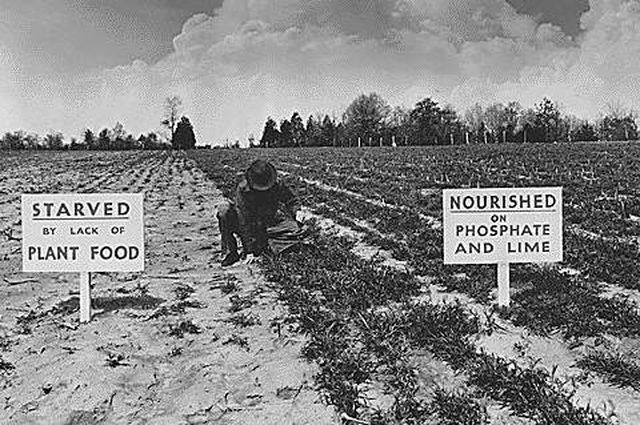
All plants need nutrients to grow and, given good soil, sunlight and water, most are able to make their own food through photosynthesis. Fertilizers provide extra helpings of substances that encourage plants to excel in qualities gardeners desire.
History
Ancient humans used decomposing matter to encourage their crops, but the first manufactured fertilizer was an early 19th century "super-phosphate," made of bones and sulfuric acid. Chemical fertilizers developed by the Tennessee Valley Authority revolutionized fertilizer production.
Features
Modern fertilizer is manufactured or processed in liquid or dry forms and applied with water or broadcast from mechanical "spreaders." Slow-release forms minimize fertilizer "burn," or overfeeding.
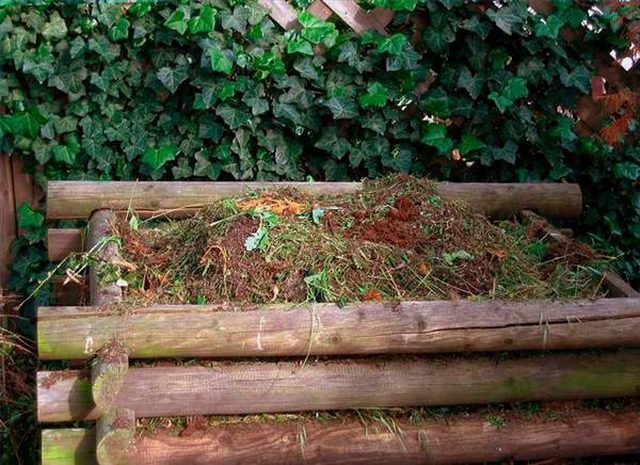
Types
Fertilizers may be chemical, using ammonia nitrates and phosphates, granular urea or other chemicals and minerals. Organic fertilizers use decaying plants, fish, bone or other animal waste.
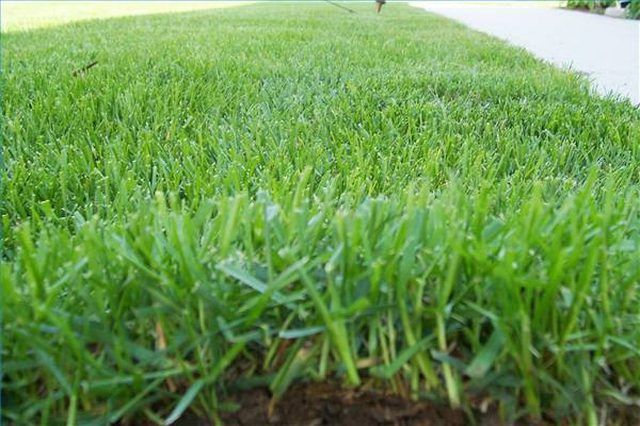
Components
Commercial and homemade fertilizers contain nitrogen, phosphorus and potassium (N-P-K) mixed in proportion to function. Limestone and nitrates are often added as soil conditioners.
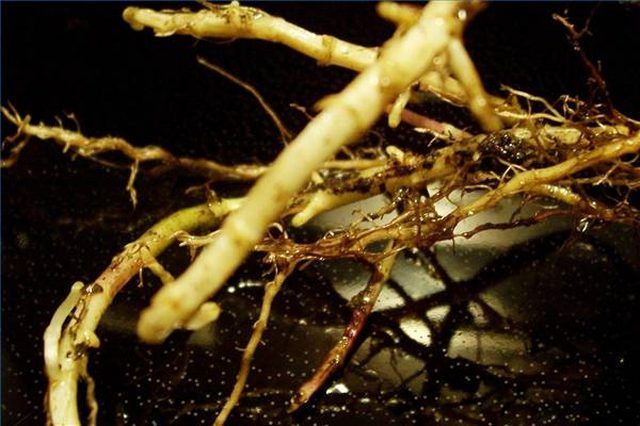
Benefits
Nutrients benefit different aspects of growth. Nitrogen and potassium encourage basic plant growth. Potassium promotes root growth, and phosphorous aids growth and fruiting (blooms). N-P-K numbers on packaging guide gardeners to the proper use of different blends.
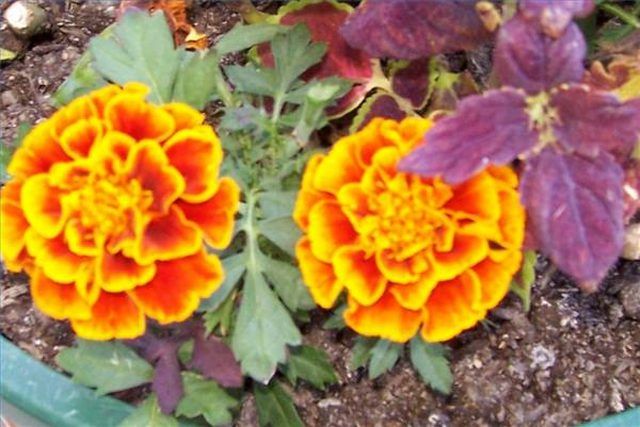
Warning
Time fertilizers right to avoid overfeeding or "burning" plants. Overfeeding can contaminate groundwater and cause harmful plant growth in waterways.
